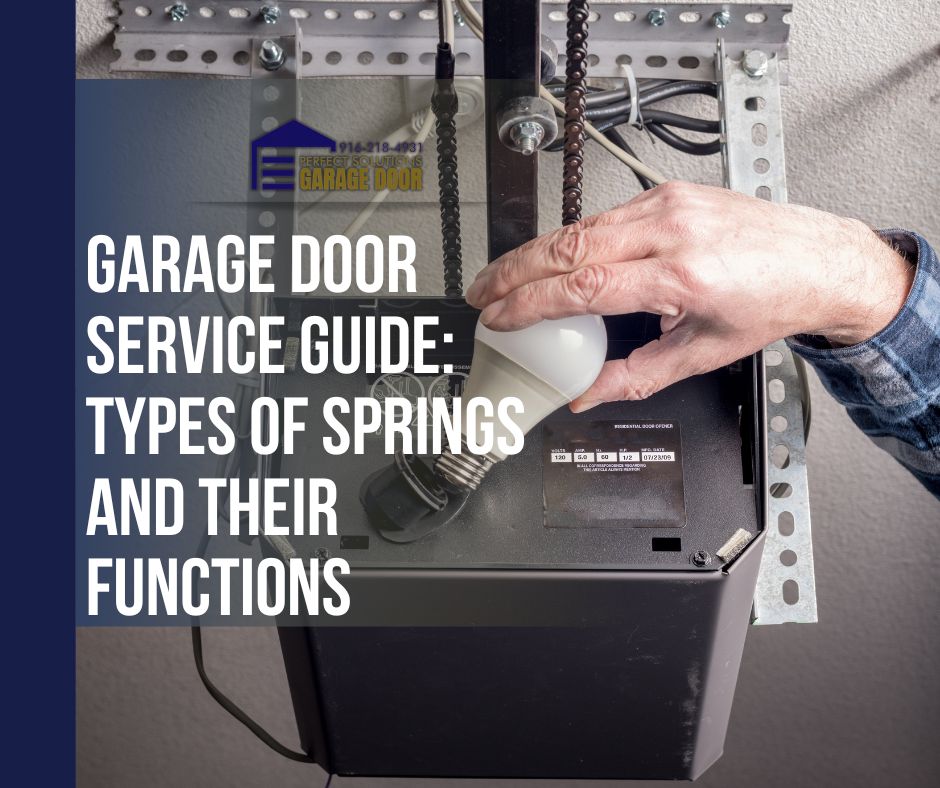As the foundation of any effective garage door replacement, springs play a pivotal role in the functionality and longevity of your door.
Diving into the intricate world of garage door springs, two primary types emerge as industry standards: Extension springs and Torsion springs. Each boasting their unique features, benefits, and applications, these springs are integral elements in the mechanics of garage door systems, responsible for bearing the door’s weight during operation.
However, the choice between extension and torsion springs isn’t a decision to be made lightly, as it can significantly impact the efficiency, safety, and lifespan of your garage door.
This guide aims to provide you with a comprehensive understanding of these springs and their functions, ultimately helping you make an informed decision that suits your specific needs and preferences.
Understanding Garage Door Springs:
While many homeowners may overlook their importance, garage door springs play a critical role in the functionality and safety of your garage door system.
These resilient components counterbalance the weight of the door, enabling it to open and close with ease. There are two main types of garage door springs replacement: torsion and extension. Torsion springs, located above the garage door, use torque to lift the door.
Extension springs, on the other hand, are found on either side of the door and extend or stretch to provide lifting power. Both types of springs operate under immense tension, making them potentially dangerous if not properly maintained. Understanding these elements can help ensure your garage system remains safe, efficient, and reliable.
Extension Vs Torsion Springs:
In evaluating the key differences between extension and torsion springs, one must consider factors such as their location, function, durability, and safety features.
Extension springs, located along the horizontal track of the garage door, expand and contract to provide lifting power. They are more common in older homes due to their lower cost, but they often lack safety cables and can pose a hazard when broken.
Conversely, torsion springs are mounted above the garage door and use torque to lift the door. Their robust construction offers greater durability and better balance, reducing the risk of accidents. However, they are more expensive and require professional installation.
Thus, the choice between these two springs largely depends on your budget, safety preferences, and the design of your garage.
Navigating Garage Door Spring Replacement: Torsion Vs. Extension
Decoding the Mechanics of Garage Door Springs: Torsion and Extension

